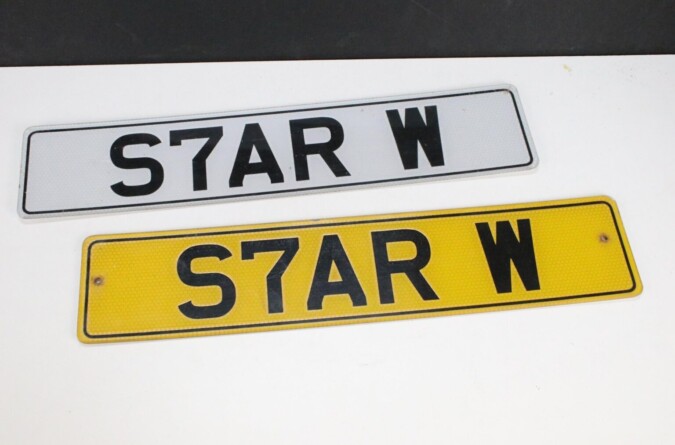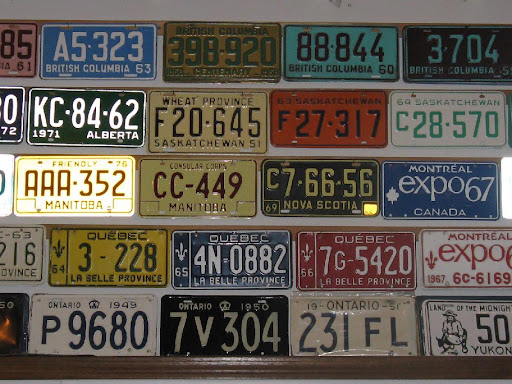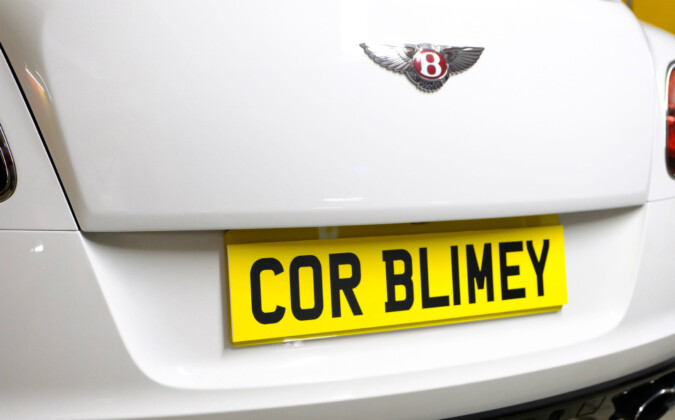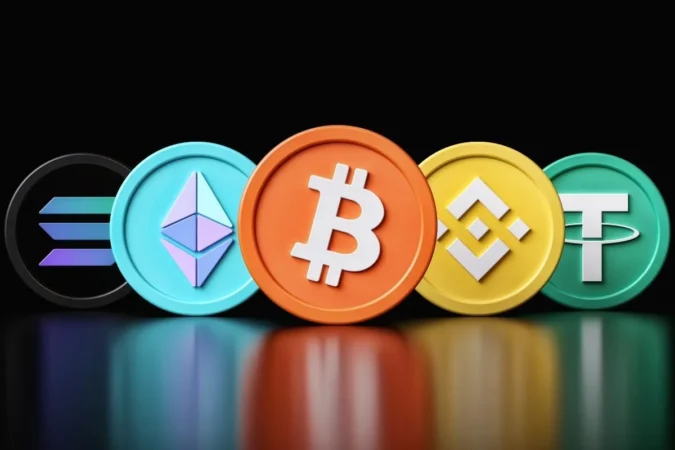Once seen as something purely functional, number plates have quietly moved into the world of collectibles. And not just in a niche way. This hobby has grown fast, attracting everyone from casual enthusiasts to serious investors. So, what’s the appeal? Why are some people willing to spend five or even six figures on a number plate?
Why Collect Number Plates?
This hobby isn’t as random as it might first appear. Like rare stamps or vintage watches, the appeal often comes down to scarcity, personal meaning, and the potential to grow in value over time.
Some private number plates are short and memorable. Others spell out words or names. The best ones are rare, easy to recognise, or hold a personal connection to the owner. And once they’re gone, they’re gone. That sense of exclusivity is a huge part of the attraction.
But it goes beyond that.
Some collectors see number plates as status symbols. A sleek, private plate can say something without saying a word. It’s subtle but powerful, especially when it reflects your name, initials, or clever wordplay.
Then there’s the financial side. In recent years, some rare plates have sold for sums that make headlines. For a few collectors, it’s not just a passion project. It’s a calculated investment.
What Makes a Plate Valuable?
This is where things get interesting. The value of a number plate isn’t always obvious. It’s not just about age or design. A few key factors tend to drive up the price:
- Length – Shorter plates (think one or two letters/numbers) are often more sought after and, therefore, more expensive.
- Meaning – Plates that resemble common names, words, or initials tend to do well. If a plate reads “JON 1” or “VIP 999”, there’s likely a market for it.
- Rarity – Some number plates were only ever released in limited formats. Once they’re in private hands, it’s game over for anyone else.
- Style – Some collectors prefer certain formats, like older black and white plates, or those from particular time periods.
The overall look matters, too. A plate that feels clean, balanced, and easy to remember tends to catch more interest.

Who’s Buying Them?
It’s easy to assume this is just a hobby for the wealthy, but that’s not always the case.
Sure, the high-end plates go to high-net-worth buyers. But there’s a much larger market for affordable private plates, the kind that costs a few hundred or a couple of thousand. These attract people from all walks of life.
Some buy them to personalise their car. Others pick plates linked to birthdays, anniversaries, or names. For a growing number of people, it’s just something fun to hunt down and own.
Then there are the flipper—collectors who buy with the aim of reselling later at a profit. With the right plate and a bit of patience, the returns can be surprising.
The Role of Emotion
Not everything about collecting number plates is logical. In fact, a lot of it isn’t.
Emotion plays a massive role. A plate that holds meaning to one person might mean absolutely nothing to someone else, and that’s the beauty of it.
This emotional pull is what drives people to outbid others in auctions or hang on to a plate for years, even if they’re offered more than they paid.
It’s also why some people are willing to spend far more than the market value. When a plate feels personal, the price becomes secondary.
Common Misconceptions
It’s easy to misunderstand the world of number plate collecting. Here are a few myths worth clearing up:
- It’s not just for the rich. There are options at every budget level.
- It’s not always about flash. Plenty of collectors prefer understated plates with subtle meaning.
- It’s not just a UK thing. While the UK has one of the more structured and visible private plate markets, number plate collecting is growing in other regions too.

A Word on Storage and Rules
Unlike coins or trading cards, number plates don’t sit in a drawer. They’re tied to a vehicle (or held in a retention scheme), which means collectors have to deal with a bit of admin.
There are also legal restrictions around what can and can’t be displayed on a plate. Mis-spacing or altering characters isn’t just frowned upon — it can lead to fines or losing the plate altogether.
That said, with proper handling, number plates are relatively low-maintenance as collectibles go. No climate-controlled vaults or complicated insurances needed.
A Collectible That’s Always on Show
One of the unique things about number plates is that they’re used in the real world.
You don’t just keep them in a cabinet. You can drive them around. They become part of your everyday identity. That’s a big part of their appeal; it’s a collectible that lives, moves, and gets seen.
And for some collectors, that visibility is everything.
When a rare or quirky plate catches someone’s eye, it sparks conversation. It makes people look twice. It adds character to something that’s usually overlooked.

What’s Next for the Hobby?
The market for collectible number plates shows no sign of slowing down. In fact, it’s gaining more interest as younger collectors enter the space.
What was once a quiet corner of car culture is now something far broader. Whether it’s a love of vehicles, a passion for numbers and letters, or simply the thrill of owning something rare, people are finding their way into the hobby for all kinds of reasons.
And as more plates get locked into private hands, the value of what’s left is likely to rise.
This is a space worth watching — and for some, worth jumping into. Whether you’re chasing the next big sale or just looking for something that reflects your personality, number plates offer a unique mix of style, status, and story.





